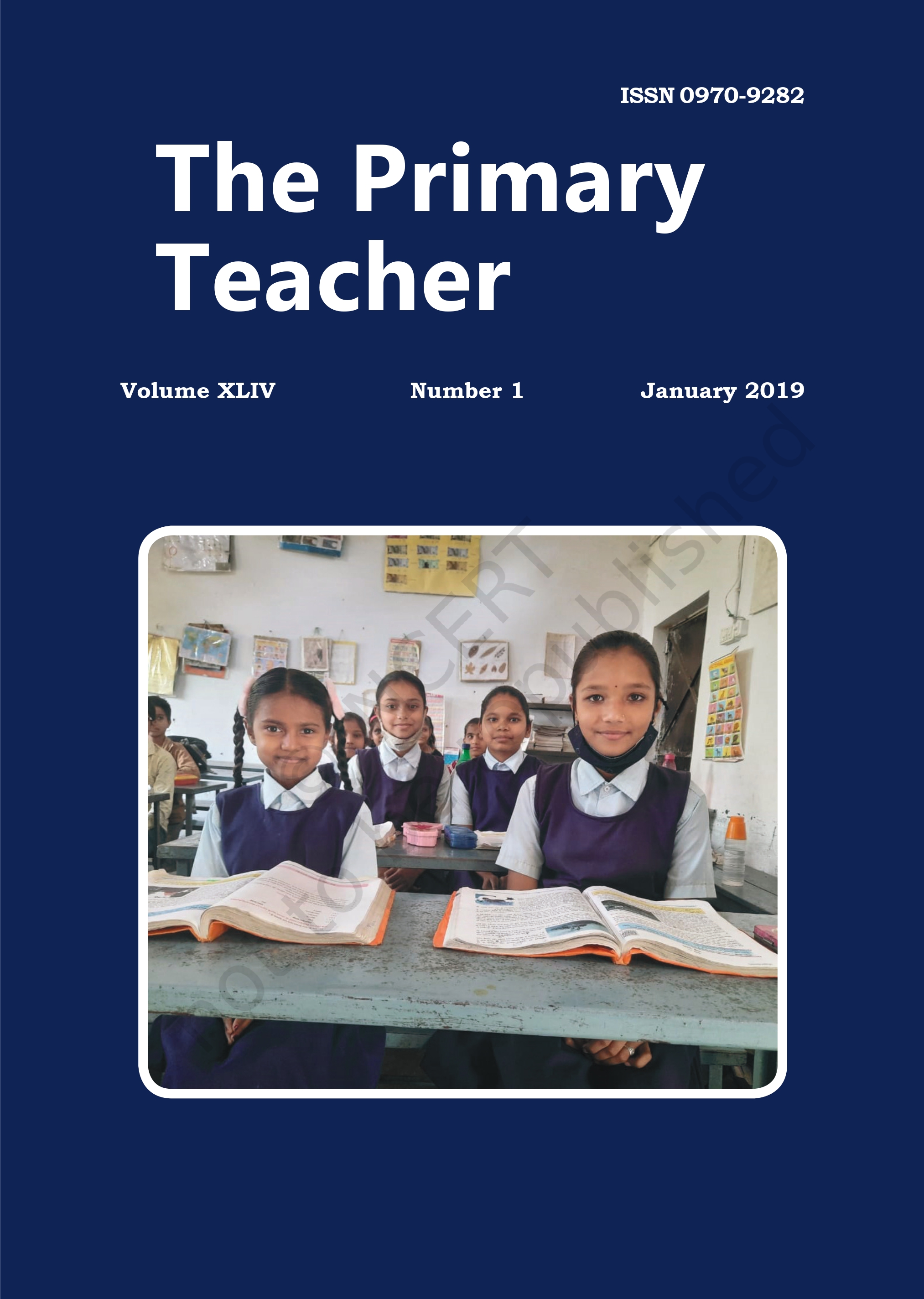
Published 2024-12-05
Keywords
- Museum Pedagogy,
- Sustainable Development,
- United Nations member
How to Cite
Abstract
A museum is a building where a collection of objects from the past are kept as exhibits for the general public. It is a primary source of evidence of the way humankind situated itself in the environment. Museums may be related to various fields: natural history, art, science, culture, etc. However, the purpose remains constant: it is an institution in the service of society with an aim to educate people. Traditionally, education is perceived in divisions such as ‘informal’ and ‘formal’ education. In such conceptualisations, formal education institutions, such as universities and schools, are often viewed as the base from which students ‘pay visits’ to other sites, such as factories, post-offices and museums, and then return to their ‘base’. Such sites have the capacity to promote certain educational experiences and goals, and such visits are therefore advantageous to learners. Museums present a unique opportunity to engage students in many different areas of interest. In the context of primary school education, museum visits can provide children with some memorable experiences, as they open up a world of imagination and exploration. It is important to start cultivating an early appreciation for art and history in children. Certainly, we cannot expect them to magically develop an interest in museums and galleries at a later age. The paper explores the pedagogical and cultural-educational significance of museums with reference to learners at the primary stage of education, and ways in which they may be introduced to learning in an environment that is so different from any other learning experience.
